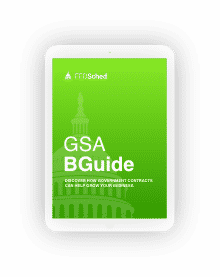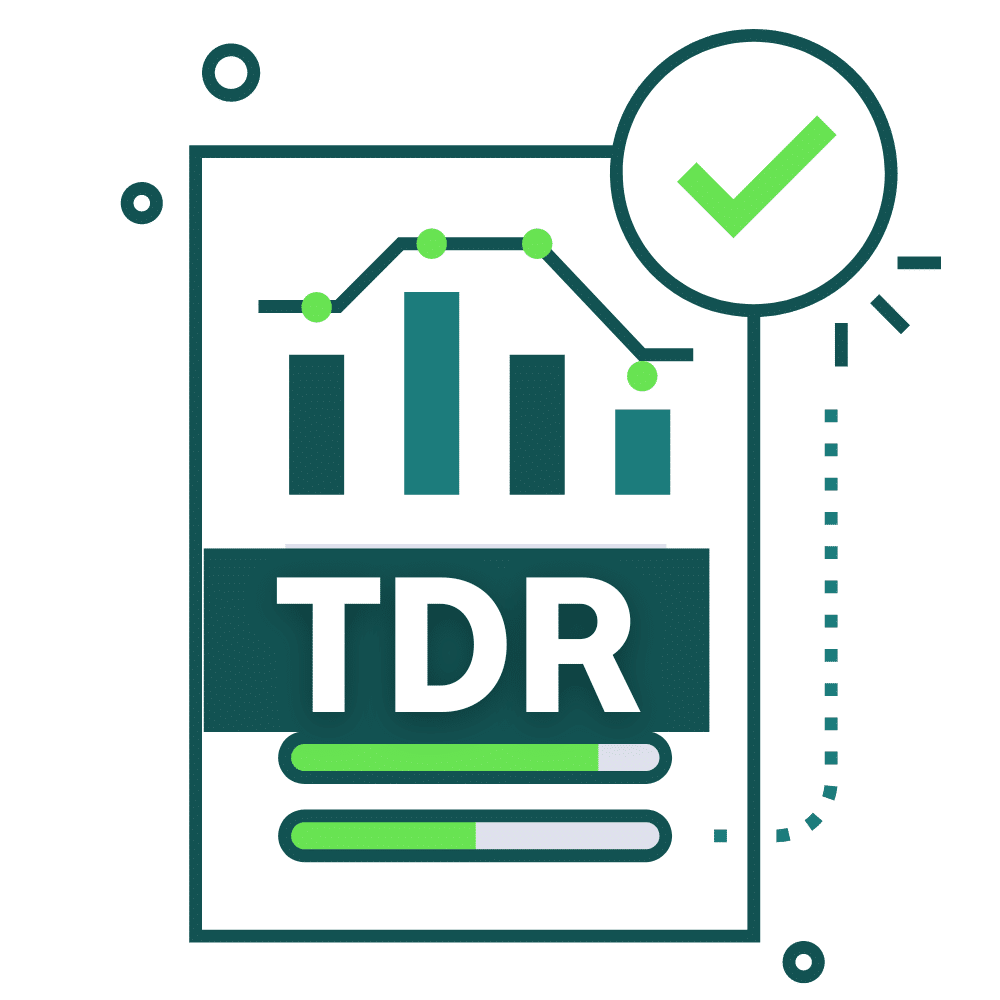Transactional Data Reporting (TDR) is a pilot program that was introduced in August of 2016 under select GSA Schedule Contract Special Item Numbers (SINs).
TDR requires participating GSA contractors to submit monthly reports of the prices paid for GSA products and services, along with other transactional data, on a line-item basis.
In exchange for this additional data, contractors are exempt from:
- Disclosing Commercial Sales Practices
- Establishing a Most Favored Customer (MFC)/Basis of Award (BOA)
- Tracking and Maintaining the Relationship Between GSA Pricing and MFC/BOA Customer Pricing
- Complying With the Price Reductions Clause (PRC)
Some might describe the traditional method of negotiating GSA Contract pricing as antiquated and cumbersome. Transactional Data Reporting provides an alternative that allows for a modern, market-based approach to pricing negotiations.
By eliminating Commercial Sales Practices disclosures and the responsibilities associated with the Price Reductions Clause, TDR reduces the barrier of entry for all businesses, and for small businesses in particular.
The program took a significant step forward in August of 2024, when 67 SINs were made TDR-eligible. On June 26, 2025, TDR reached another significant milestone when GSA expanded the program to an additional 62 SINs and made TDR participation mandatory for GSA Contracts that include a TDR SIN.
TDR and Category Management
GSA Contractors view Transactional Data Reporting as a way to avoid the Price Reductions Clause and tracking pricing relationships. However, GSA originally introduced TDR, in part, to support Category Management.
Category Management is a government-wide initiative to approach federal buying as a single enterprise. Transactional level data on federal purchases provides the government with market intelligence to make smarter acquisitions and achieve taxpayer savings, which are key Category Management goals.
Category Management goals also include driving federal spend through contract vehicles that meet certain criteria, and away from open market procurements and duplicative contracts. Agencies are tasked with increasing their “Spend Under Management” each year, which means spending through contract vehicles classified as Tier 1, 2, or 3 solutions.
As a whole, the GSA MAS Contract is a Tier 2 solution, but certain SINs are considered the highest level, Tier 3, Best-in-Class solutions. Transactional data is not only a crucial component of evaluating the effectiveness of government-wide Category Management, it’s a requirement for any Best-in-Class (BIC) solutions. Opening all GSA MAS Contract SINs to Transactional Data Reporting, provides the possibility of additional SINs receiving a future BIC classification.

